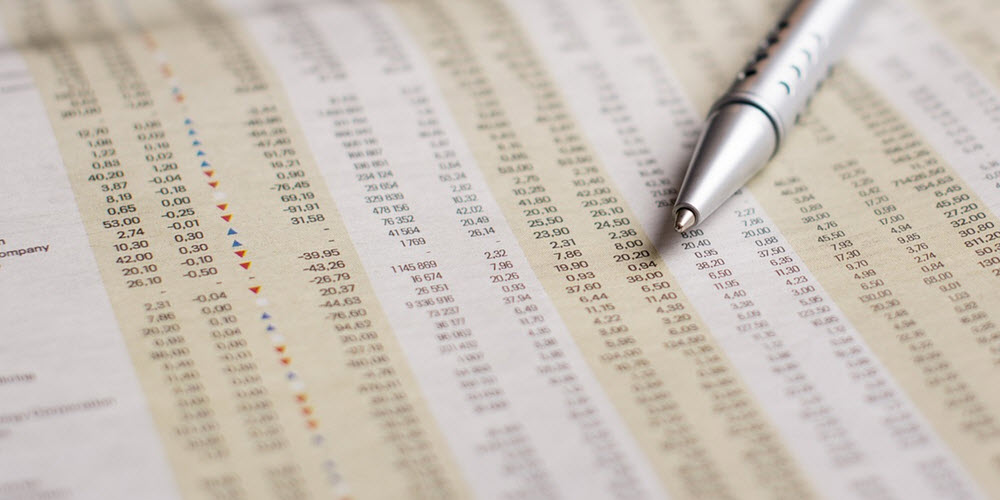Dividend-investors have a lot of interesting companies to chose from when investing in the UK. Here are few tips about things to look for when selecting companies to invest in, if you are hoping to be paid dividends.
It can be tempting to simply pick the UK stocks that paid the largest dividends last year, and hope for the best. In reality, past performance is only an indication – not a guarantee – for what the future may hold. Therefore, it is important for the investor to take a closer look and not simply jump at stocks with a high yielding dividend rate. There are a lot of factors that can throw a spanner in the works, and you should be aware of the risk of dividend cuts and dividend elimination, and also how such things tend to impact the share price.

A dividend-paying company that can also show consistent year-on-year profitability is more likely to keep paying dividends.
Dividends are typically paid by well-established and stable companies that have been profitable for many years in a row. (That does not mean that all well-established and stable companies that have been profitable for many years in a row pay dividends.)
The payout ratio tells you the relationship between the company´s income and the size of the dividends.
As a potential investor, looking for companies with high payout ratios is of course alluring, but you need to be on your guard. Always take a look at the whole situation. Is this payout ratio actually reasonable and sustainable? Sometimes, a company will maintain high payouts even though the net income is dwindling, because those in charge fear that share price will drop if the dividend payments were lowered.
Looking at the dividend cover can aid you when you are trying to assess how sustainable a company´s dividend payments are. A company´s dividend cover indicates its capacity to pay dividends out of profit earned. It is displayed as a ratio, and it shows how many times the dividend is covered by available profits.
Dividend Cover = EPS (Earnings per share) / DPS (Dividends per share)
Generally speaking, a ratio below 1.0 indicates a high risk of future dividends being cut.
Many companies aim to keep their dividend cover at least 2.0.
Skilled dividend-investors looking for suitable companies tend to prefer those who can show a history of consistently increasing the dividend yield step by step (without getting a low dividend cover) over companies that jump up and down with their dividend payments. Stocks with a history of paying high dividends on time, and consistently increasing the yield, are considered stable income stocks.
A slow and steady increase over time might seem less exciting than a sudden yield jump, but the sudden jump can indicate that the company is run in a haphazard way – unless there is a good explanation. It is for instance generally advisable for long-term dividend-investors to stay away from companies where those in charge try to boost share prices with the help of a sudden dividend spike.
As always, risk management is important, and diversification is definitely something to keep in mind when doing dividend-investing. Try to avoid putting all your eggs in one basket. Instead, seek out suitable companies that are active in different industries, markets, and so on. You might also want to branch out from investing in the UK and go for some companies based in other jurisdictions too, to diversify in that regard as well.

This article was last updated on: May 4, 2021